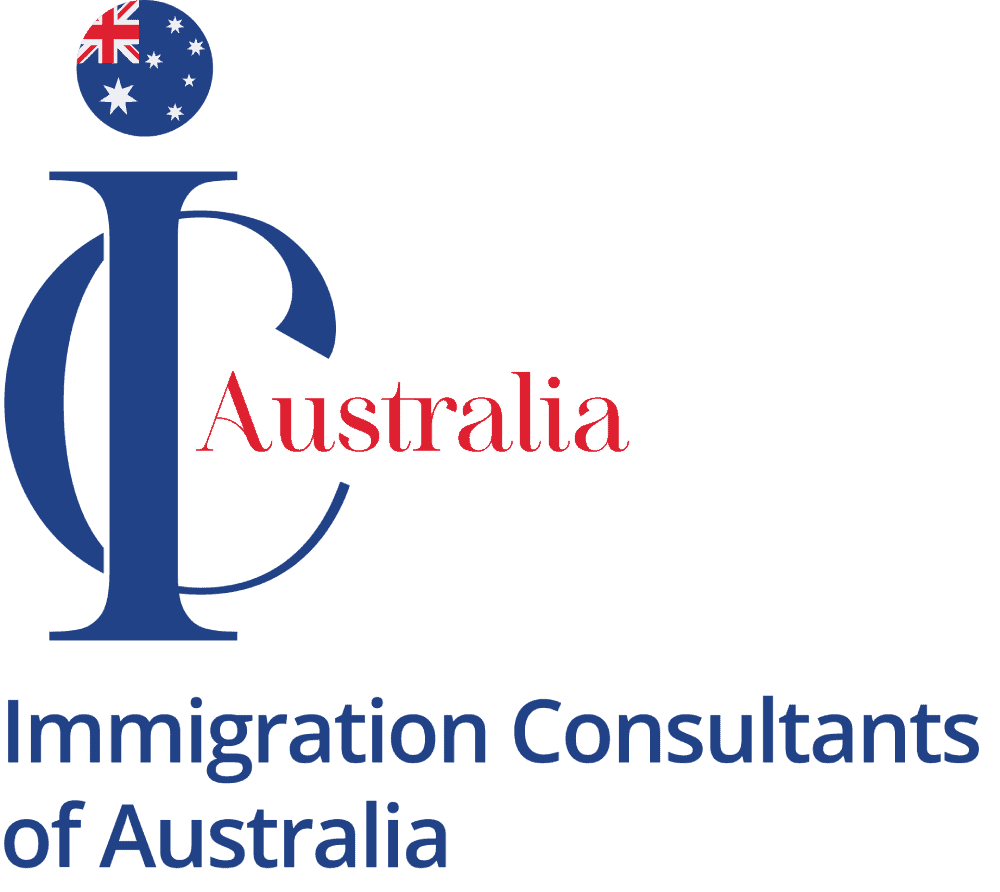Studying in Australia is a thrilling opportunity, yet it entails specific visa prerequisites. Comprehending the visa process is vital for international students, and Australia provides a variety of student visas to suit diverse needs. In this comprehensive guide, we’ll explore Australia’s various student visas, detail their unique prerequisites, address processing times, and elucidate how IC Australia can be your indispensable partner during the visa application process.
Different Types of Student Visas in Australia
Australia recognizes the diverse needs and circumstances of international students. And as a result, offers a variety of student visas. Among the most common types are the Student Visa (subclass 500), the Student Guardian Visa (subclass 590), and the Training Visa (subclass 407).
Student Visa (subclass 500)
The Student Visa (subclass 500) is the preferred option for international students in Australia. It allows for full-time study at a registered institution. To qualify, secure course admission, sufficient funds, meet health and character standards and maintain health insurance during your stay.
Student Guardian Visa (subclass 590)
The Student Guardian Visa (subclass 590), on the other hand, is intended for parents or relatives who wish to accompany a student under 18. This visa allows the guardian to offer care and support to the student. To be eligible, you must be a parent, relative, or legal guardian, have adequate funds, and meet health and character requirements.
Training Visa (subclass 407)
Moving on to the Training Visa (subclass 407), this visa is designed for individuals seeking workplace-based training in Australia. It encompasses training aimed at improving skills in your occupation or area of expertise. To qualify, secure a training sponsor, meet health and character criteria, and show adequate funds for your stay in Australia.
Australian Student Visa Requirements
To obtain a student visa in Australia, you must meet certain requirements set by the Department of Home Affairs. These requirements include:
Enrollment in a registered course: You must have received an offer of enrollment or a Confirmation of Enrollment (CoE) from a registered Australian educational institution.
Financial capability: You must demonstrate that you have enough funds to cover your tuition fees, living expenses, and health insurance for the duration of your course.
English language proficiency: Depending on your country of origin and the course you are applying for, you may need to provide evidence of your English language proficiency through tests such as IELTS or TOEFL.
Health and character requirements: You’ll need a health examination to meet the Department of Home Affairs’ health requirements and a police clearance certificate to prove your good character.
Processing Time for Student Visas in Australia
Processing times for Australian student visas vary based on factors like the visa category, application completeness, and submission timing. Typically, it takes around 4 to 6 weeks on average. However, during busy periods like the start of a new semester, processing may take longer. To avoid delays, apply well in advance of your intended start date.
How IC Australia Can Assist You with Your Student Visa?
Navigating the Australian student visa process can be overwhelming, especially for international students unfamiliar with the system. However, there’s good news: IC Australia, a professional migration agency, is here to help. They specialize in assisting international students with visa applications and have a team of experienced migration agents well-versed in Australian immigration laws. The best part? IC Australia offers personalized guidance, ensuring your application meets all the necessary requirements.
Step-by-Step Process for Applying for a Student Visa in Australia
Applying for a student visa in Australia involves several steps. Here is a step-by-step guide to help you navigate through the process:
Choose your course and institution: Research and select the course and educational institution that best aligns with your academic and career goals.
Receive an offer of enrollment: Apply to the institution of your choice and receive an offer of enrollment or a Confirmation of Enrollment (CoE).
Prepare your documents: Gather all the necessary documents, including your CoE, financial documents, English language proficiency test results, health examination results, and police clearance certificate.
Create an ImmiAccount: Create an ImmiAccount on the Department of Home Affairs website and complete the online application form.
Pay the visa application fee: Pay the required visa application fee online using a valid credit or debit card.
Upload your documents: Upload all the required documents, including your CoE, financial documents, and health examination results, to your online application.
Submit your application: Once you have completed all the necessary steps and uploaded your documents, submit your visa application online.
Wait for the outcome: Wait for the Department of Home Affairs to process your application. You can track the progress of your application through your ImmiAccount.
Receive your visa grant: If your application is successful, you will receive a notification of the visa grant. Make sure to read the grant letter carefully and comply with any conditions attached to your visa.
Age Limit & Other Rejection Reasons for Student Visas in Australia
Australia warmly welcomes international students of all ages. However, it’s important to note that age limits can vary depending on the type of visa you’re applying for. The Student Visa (subclass 500) has no age limit, providing flexibility for applicants of various ages. On the other hand, for the Student Guardian Visa (subclass 590), guardians must be at least 21 years old. It’s crucial to understand that while meeting age requirements is a part of the visa application process, it doesn’t guarantee approval. Visa rejections can occur for reasons such as insufficient funds, limited English proficiency, health or character concerns, or providing inaccurate information.
Additional Requirements for Studying in Australia
Furthermore, in addition to visa requirements, consider the possibility of additional prerequisites linked to your chosen course and Australian educational institution. These supplementary criteria may involve academic qualifications, English language proficiency, work experience, or specific prerequisite subjects. Thoroughly researching and understanding the precise requirements for your desired course and institution before starting the application process is essential.
Benefits of Studying in Australia
Studying in Australia offers numerous benefits for international students. Some of the key benefits include:
High-quality education: Australia boasts a top-tier education system, with world-renowned universities.
Wide range of courses: Australian institutions offer diverse courses, letting students pursue their interests and career goals.
Multicultural environment: Australia, a multicultural hub, welcomes students worldwide, creating a rich learning environment with diverse backgrounds.
Post-study work opportunities: After studies, international students may access post-study work options in Australia for valuable experience and potential residency transition.
Conclusion and Final Thoughts
Securing the right student visa is crucial for international students planning to study in Australia. IC Australia can be your valuable ally, offering essential assistance to meet all requirements. Studying in Australia offers top-tier education, cultural exposure, and post-study work possibilities. Plan carefully for a fulfilling educational journey.
To learn more about how IC Australia can assist you with your student visa application, contact us today.


